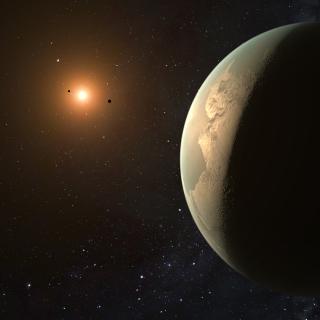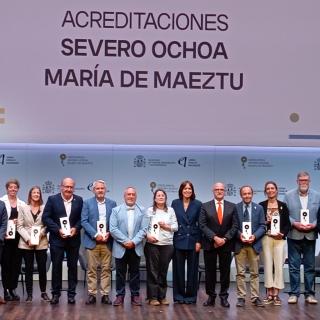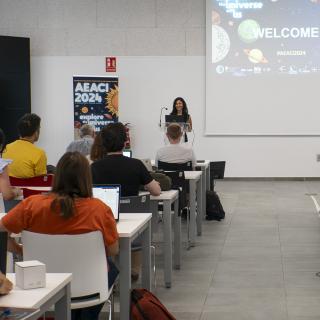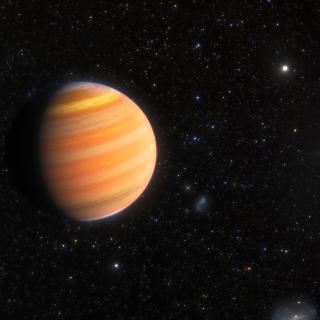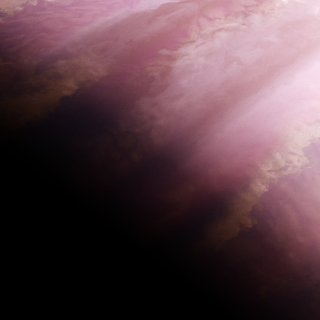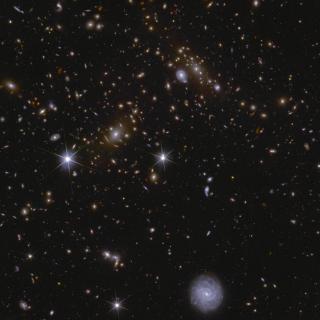
The European Space Agency’s Euclid mission released its first batch of survey data, including a preview of its deep fields. Using Artificial Intelligence (AI) algorithms in combination with citizen science campaigns, the Euclid Consortium scientific results include the discovery of strong gravitational lensing systems, the exploration of galaxy clusters and the cosmic web, the characterisation of active galactic nuclei (AGN) and quasars, studies on galaxy evolution and morphology, and the identification of numerous dwarf galaxies and transients. Spain has an important role in the Euclid
Advertised on
